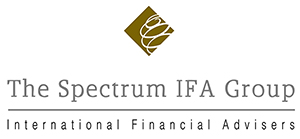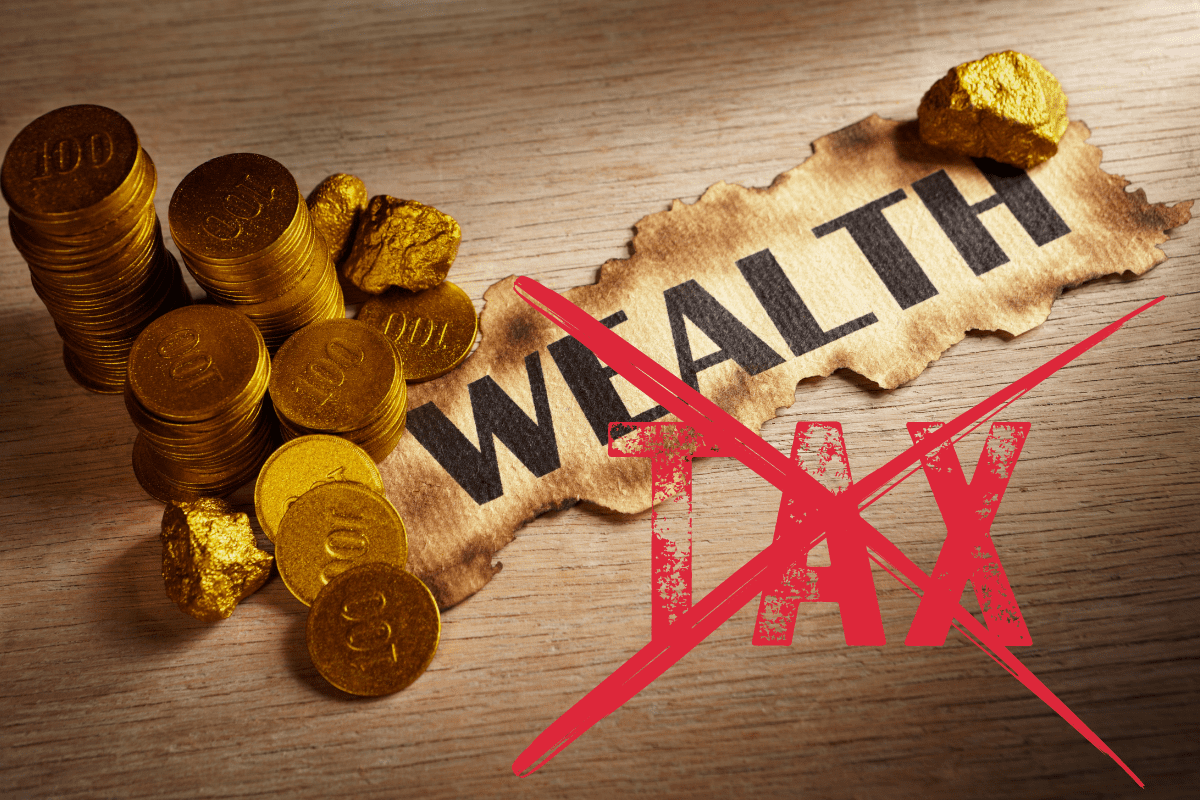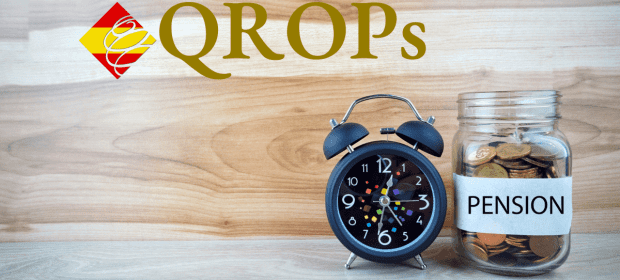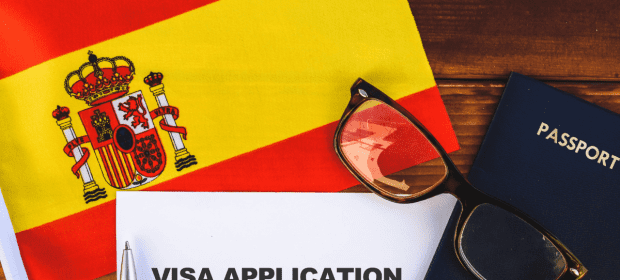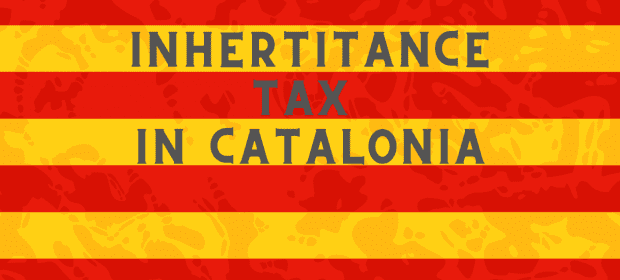Monday the 19th of September 2022 will be in the history books forever. Having watched the coverage of the Queens funeral on TV, it made me think there is no other country on earth who could have put on such an impressive show for the world to see. It made me feel very proud to be British.
Moving overseas is an exciting and daunting thing to do but if you, like me, have lived overseas for many years, that homesick feeling does hit home sometimes, and the Queens funeral was certainly one such example.
It has been a tough year in many ways. Everything it seems is changing. The reopening from the pandemic has changed the way many people work. Russia’s Invasion of the Ukraine changed the idea of a peaceful Europe. The cost of living has increased due to rising inflation, and now rising interest rates are back with us. All of this has happened after years of peace, cheap energy, low interest rates and non-existent inflation. It seems the longer we live with something, the more powerful it’s passing, something that no doubt made the Queens funeral very emotional for many people.
We now have a King, and the world in which we live is without doubt going to continue to change. Any of you filling up your car will have noticed the cost has come down from the previous highs in the summer, and the general consensus is that inflation will start to slowly come down between now and the end of the year. It isn’t however expected to hit the floor, but rather fall to a much more acceptable level.
When you are retired and keeping a close eye on your savings, investments and pensions, inflation and interest rates are two critical factors to take into account when trying to work out the future. If you have a fixed pension income, it is commonplace to then substitute this with ‘income’ from investments, the spending power of which is affected by inflation. If the investment returns are all over the place, and inflation is doing the same, it’s really important to monitor things closely and on a regular basis. As an example, if things carry on as they are, we may see a return of interest on bank deposits, which has been a factor not taken into account for a long time when making plans for your money.


